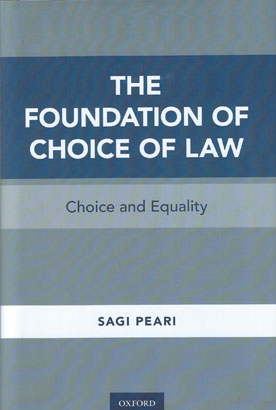
This book focuses on the subject of choice of law as a whole and provides an analysis of its various rules, principles, doctrines and concepts. It offers a conceptual account of choice of law, called "choice equality foundation" (CEF) which aims to flesh out the normative basis of the subject.
The author reveals that, despite the multiplicity of titles and labels within the myriad choice of law rules and practices of the U.S., Canadian, European, and other systems, many of them effectively confirm and crystallize CEF's vision of the subject. This alignment signifies the necessarily intimate relationship between theory and practice by which the normative underpinnings of CEF are deeply embedded and reflected in actual practical reality.
Among other things, this book provides a justification of the nature and limits of such popular principles as party autonomy, most significant relationship, and closest connection. It also discusses such topics as the actual operation of public policy doctrine in domestic courts, and the relation between the notion of international human rights and international commercial dealings, and makes some suggestions about the ability of traditional rules to cope with the advancing challenges of the digital age.